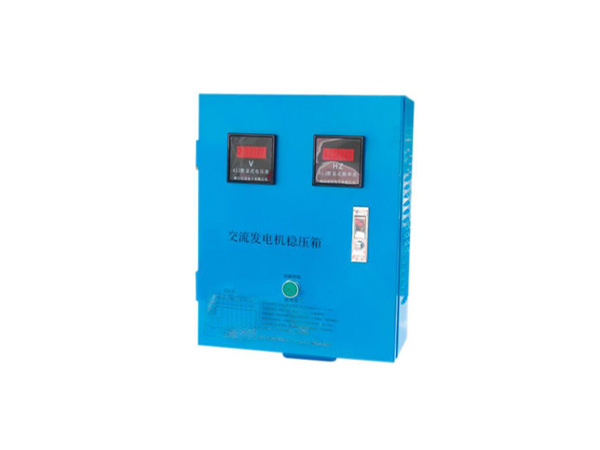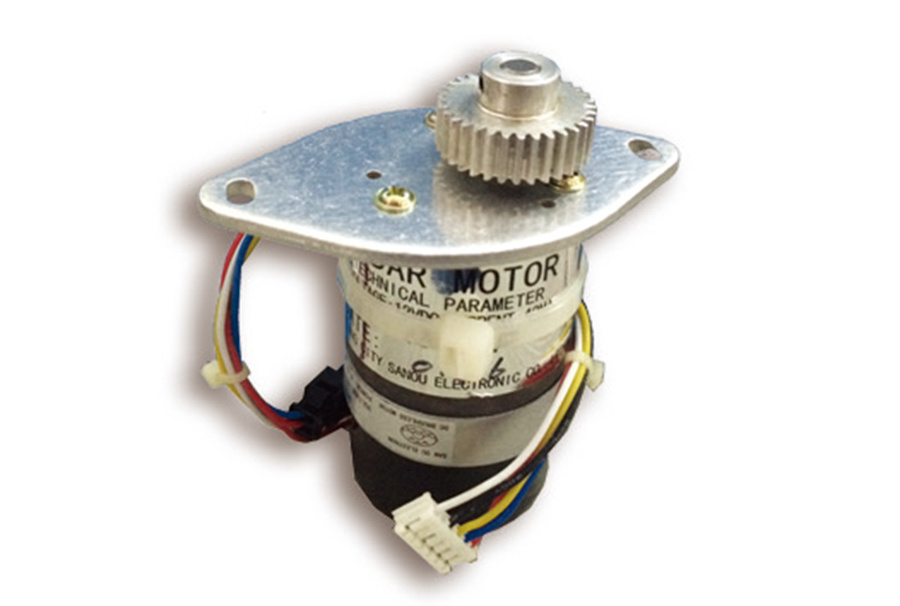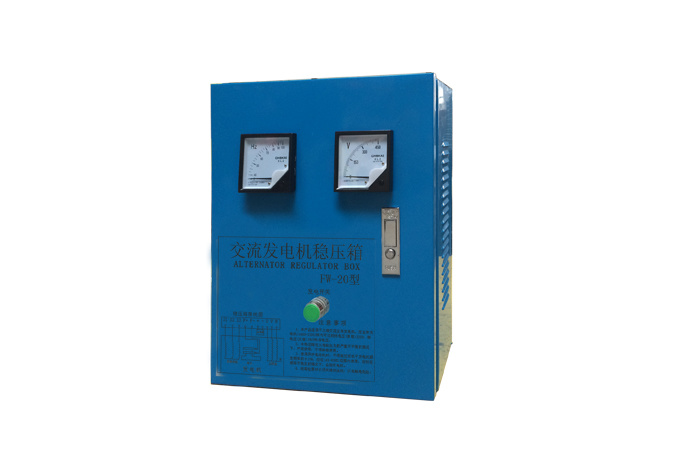News Center
Innovations in Marine Power Supply: The Rise of Dual Output Regulation
Innovations in Marine Power Supply: The Rise of Dual Output Regulation
Table of Contents
- Introduction to Marine Power Supply Innovations
- What is Dual Output Regulation?
- The Importance of Innovations in Marine Power Supply
- Benefits of Dual Output Regulation in Marine Applications
- Key Technologies Driving Dual Output Regulation
- Case Studies and Applications of Dual Output Regulation
- Future Trends in Marine Power Supply Innovations
- Frequently Asked Questions
- Conclusion
Introduction to Marine Power Supply Innovations
The maritime industry is undergoing a significant transformation, driven by the need for enhanced efficiency and sustainability. Among these innovations, **dual output regulation** has emerged as a game changer in marine power supply systems. This article delves into how these advanced technologies are helping vessels operate more effectively while minimizing their environmental impact.
What is Dual Output Regulation?
**Dual output regulation** refers to power supply systems that can simultaneously provide two distinct voltage levels while maintaining high efficiency and reliability. This technology is particularly beneficial in marine applications where various onboard systems operate at different voltage requirements. By facilitating dual output, these systems ensure optimal performance for both high-power and low-power devices, such as navigation equipment and lighting systems.
The Mechanism Behind Dual Output Regulation
The operational mechanism involves sophisticated control techniques that monitor and adjust output voltages in real time. This adaptability is essential for marine environments, where power demands can fluctuate rapidly due to changing conditions or operational needs. Key components include **voltage regulators**, **power converters**, and **advanced microcontrollers** that orchestrate the power supply with precision.
The Importance of Innovations in Marine Power Supply
As vessels face increasing challenges such as rising fuel costs and stricter environmental regulations, the importance of innovative power supply solutions cannot be overstated. Dual output regulation not only enhances the efficiency of power usage but also contributes to the overall sustainability of marine operations.
Environmental Impact Considerations
Innovative power supply systems reduce emissions by optimizing energy consumption. By implementing dual output regulation, vessels can minimize fuel usage, thus lowering their carbon footprint. This aligns with global efforts to promote greener maritime practices.
Economic Benefits
Investing in advanced power supply technologies can lead to substantial cost savings in the long run. By increasing efficiency and reducing downtime, dual output regulation helps operators maximize their return on investment.
Benefits of Dual Output Regulation in Marine Applications
The adoption of dual output regulation in marine power systems comes with numerous advantages:
1. Enhanced Energy Efficiency
Dual output systems maximize power utilization, reducing wastage and improving overall efficiency.
2. Versatile Power Distribution
They allow vessels to accommodate a variety of electrical devices, ensuring that all systems receive the correct voltage without compromising performance.
3. Improved Reliability
With enhanced voltage stability, these systems provide a reliable power source, which is crucial for the safety and operation of marine vessels.
4. Simplified Maintenance
By consolidating power management into a single system, maintenance becomes more straightforward, reducing the time and resources spent on upkeep.
Key Technologies Driving Dual Output Regulation
Several cutting-edge technologies underpin the effectiveness of dual output regulation in marine power supply. Understanding these technologies sheds light on the future direction of marine electrical systems.
1. Digital Control Systems
Advanced digital control systems enable real-time monitoring and adjustment of output voltage, enhancing performance and reliability.
2. High-Efficiency Power Converters
These converters significantly reduce energy losses during the power conversion process, which is essential for maintaining efficiency in marine environments.
3. Smart Grid Technologies
Implementing smart grid solutions allows for better integration of renewable energy sources, further promoting sustainability in marine operations.
Case Studies and Applications of Dual Output Regulation
Several maritime organizations have successfully implemented dual output regulation, showcasing its practical benefits.
1. Commercial Shipping Vessels
Many commercial shipping lines have adopted dual output regulation to improve efficiency and reduce operational costs. These vessels can now power various equipment without the need for additional generators.
2. Research and Exploration Vessels
Research vessels that operate sensitive scientific equipment require stable power supplies. Dual output regulation has proven invaluable in ensuring consistent operation for these systems.
3. Luxury Yachts
High-end yachts often feature complex electrical systems. Dual output regulation allows owners to enjoy all onboard amenities without compromising power reliability.
Future Trends in Marine Power Supply Innovations
As the marine industry continues to evolve, several trends are shaping the future of power supply systems.
1. Increased Focus on Sustainability
A shift towards renewable energy sources will drive the development of power systems that seamlessly integrate with solar, wind, and other sustainable technologies.
2. Adoption of Automated Systems
Automation will play a crucial role in optimizing power supply management, further enhancing efficiency and reliability.
3. Enhanced Cybersecurity Measures
With the rise of digital power management systems, there is a growing need for robust cybersecurity frameworks to protect against potential threats.
Frequently Asked Questions
1. What are the main advantages of dual output regulation in marine power supply?
Dual output regulation enhances energy efficiency, provides versatile power distribution, improves reliability, and simplifies maintenance.
2. How does dual output regulation contribute to environmental sustainability?
By optimizing energy consumption, dual output regulation reduces fuel usage and emissions, aligning with efforts to promote greener maritime practices.
3. What technologies are essential for dual output regulation?
Key technologies include digital control systems, high-efficiency power converters, and smart grid technologies.
4. In what types of vessels is dual output regulation most beneficial?
Dual output regulation is particularly beneficial in commercial shipping vessels, research ships, and luxury yachts.
5. How can I ensure my vessel's power supply system is up to date?
Regular consultations with marine electrical specialists and staying informed about the latest technologies will help maintain an efficient power supply system.
Conclusion
In summary, the rise of dual output regulation represents a significant advancement in marine power supply technology. By enhancing efficiency, reliability, and sustainability, this innovation is poised to reshape the maritime industry. As we move towards a future that prioritizes environmental responsibility and operational excellence, understanding these advancements will be crucial for stakeholders in the maritime sector. Embracing dual output regulation not only meets today's challenges but also sets the stage for a more efficient and sustainable tomorrow.
Related News
Understanding the Importance of a 12KVA Frequency Stabilizer in Electrical Systems
In the realm of electrical engineering, maintaining a stable frequency is crucial for ensuring that equipment operates efficiently and reliably. A 12KVA frequency stabilizer plays a vital role in managing electrical systems, especially in environments where fluctuations in voltage and frequency can lead to equipment failure or operational inefficiencies. A frequency stabilizer, as the name suggest
Discover the Unmatched Benefits of the Furuno 1832 Radar Motor for Marine Navigation
Explore the Advantages of the Furuno 1832 Radar Motor Table of Contents Introduction to the Furuno 1832 Radar Motor Key Features of the Furuno 1832 Radar Motor Performance Analysis of the Furuno 1832 Safety Benefits of Using the Furuno 1832 User Experience: Ease of Use and Installation Maintenance Tips for the Furuno 1832 Radar Motor Comparing the Furuno 1832 Radar Mot
Understanding the Functionality and Benefits of a 1 in 4 Out Signal Distributor
A 1 in 4 out signal distributor is a crucial component in various electronic systems, particularly in the realm of optoelectronics. Its primary function is to take a single input signal and distribute it evenly across four output channels. This enables the simultaneous transmission of the same signal to multiple devices or locations, which is essential in applications such as audio/video broadcast
NEED HELP?
Any questions can give us a message, we have professional staff to reply to you, please be sure to fill in the correct contact information!




